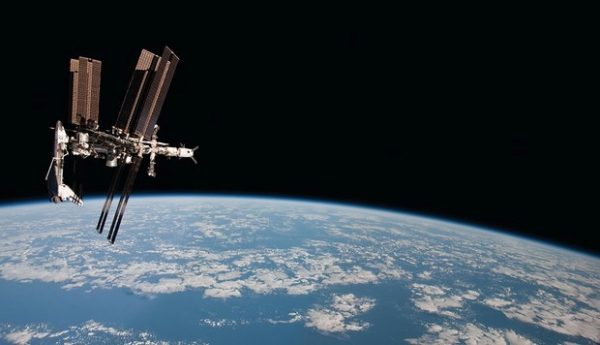Science 2 – January 15th Meeting – The theme was ‘Rocket Science’
Rocket science is all about using rocket propulsion to move anything from a firework to a manned spaceship. At the heart of rocketry is Isaac Newton’s Third Law of Motion, something that’s been established for over 300 years. It says that every action has an equal and opposite reaction. If you stand in front of a wall and push it hard, you will move backwards.
In a rocket, the ‘object’ being pushed is the end product of burning fuel, which shoots out of the back of the rocket as the fuel burns, forcing the rocket to move in the opposite direction. There are three basic requirements to a working rocket: get it moving, overcome the pull of gravity and plot a course. Each of these depends on physics that has been known since Newton’s day.
One of the biggest differences between the rockets of early science fiction and the actual ones that took people into space was that the real rockets had multiple stages that fell away as the rocket left Earth. The stages reflect the need to carry a lot of fuel to allow the rocket to escape Earth’s gravitational pull. When the fuel tanks are empty, they’re just extra mass that needs to be accelerated, wasting fuel. By dropping off a stage when its fuel is exhausted (or having disposable external tanks like the Space Shuttle), the remaining craft becomes much lighter, needing less fuel to accelerate it.
We also watched a short video about the Elon Musk’s innovative SpaceX Falcon rocket the first stage of which returns to land on Earth and can be reused.

The International Space Station
Next Meeting: Friday, February 19th, at 10.00 am – I am pleased to announce that we have a guest speaker-Professor J J Turner FRS Emeritus Professor of Chemistry University of Nottingham.
He writes: I am clearly a retired academic, but perhaps more importantly I was a founder member of Beeston u3a, the first Group Coordinator, and Science Group leader for many years. The talk, ‘What we owe to Einstein’ lasts 45 minutes, is designed for a “lay” audience; there are two elementary pieces of science and quite a bit of history. Thus it would be appropriate to extend the invitation to a wider audience than the science group.
David Rose